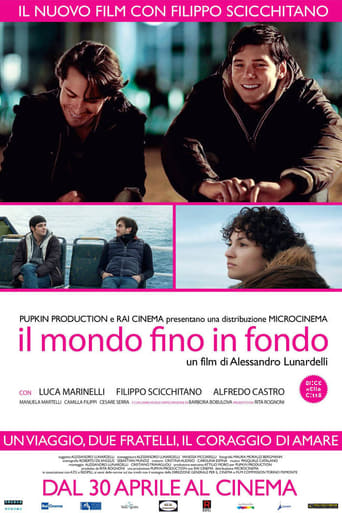
01 May 2014

Up to the World
Davide and Loris are brothers and live in a very small village in the north of Italy. While Davide is eighteen years old and gay, Loris is almost thirty and doesn't know anything about his brother's sexuality.
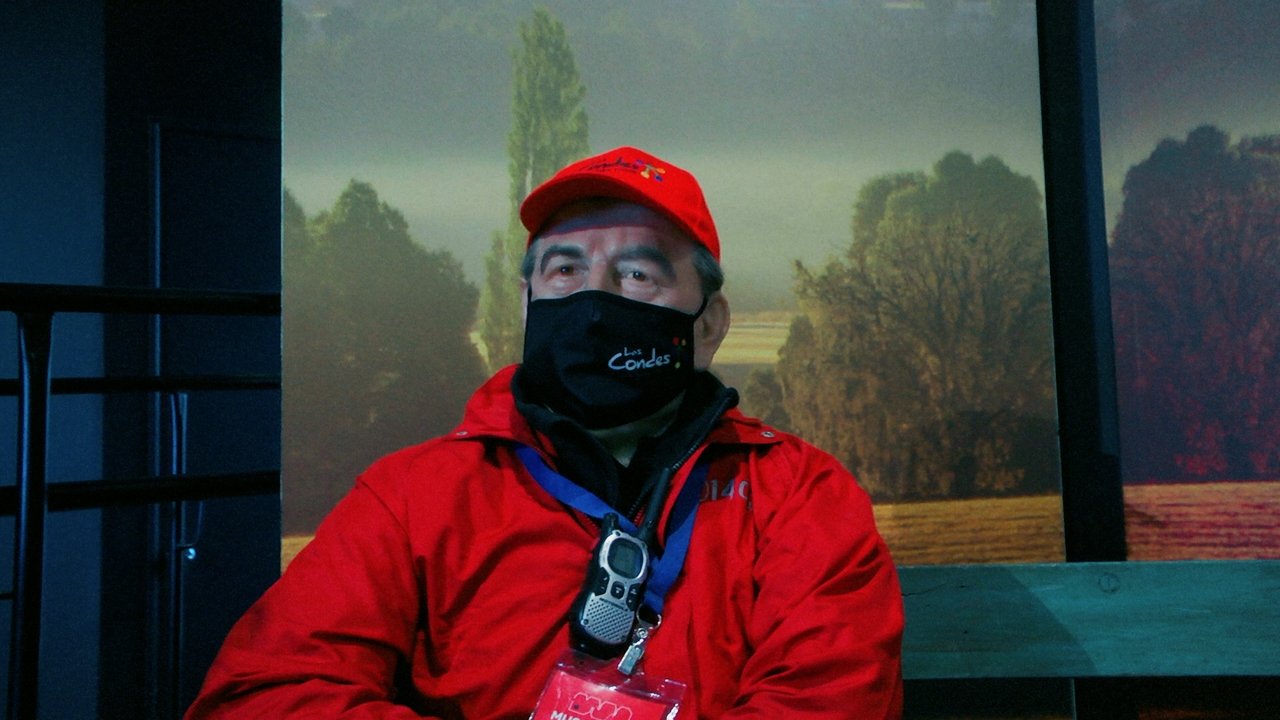
No overview found
Oe Pucón

01 May 2014

Davide and Loris are brothers and live in a very small village in the north of Italy. While Davide is eighteen years old and gay, Loris is almost thirty and doesn't know anything about his brother's sexuality.
22 Oct 2012
Mateo, son of a notorious mob lord of the city, has been dumped by his wife who took his son away. He doesn't resist the shame and hires the most ruthless hit-man available to kill them. He hires Toro Loco, a cold, eccentric assassin with will bring the hell to this family, always under his own twisted rules.
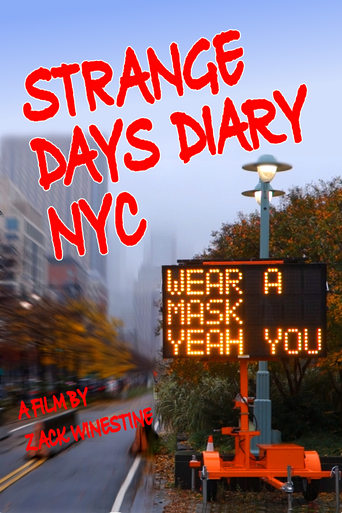
10 Oct 2024

One neighborhood in New York City, March 2020: the coronavirus is spreading rapidly, the federal government is clueless, and life seems increasingly surreal. A month later, the city has become an epicenter of the pandemic as the death rate spirals upwards. Then the racial justice protests erupt... Strange Days Diary NYC is an intimate account of living through a disruptive, frightening, yet inspiring time.
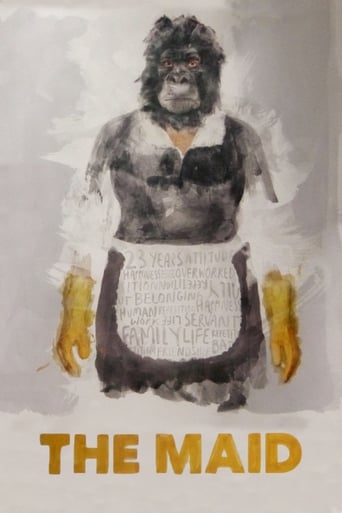
13 Aug 2009

Raquel has been the live-in housekeeper for a kind, reasonably wealthy family for half her life, and the joyless repetition of the job has begun to take its toll. Increasingly dependent on painkillers, Raquel resorts to pranks and childish avoidance to antagonize the family’s college-age daughter and a procession of new servants, all in the hopes of protecting her precarious power within the home. Her antics successfully push everyone away, until new maid Lucy actually pushes back.

16 Dec 2024

No overview found
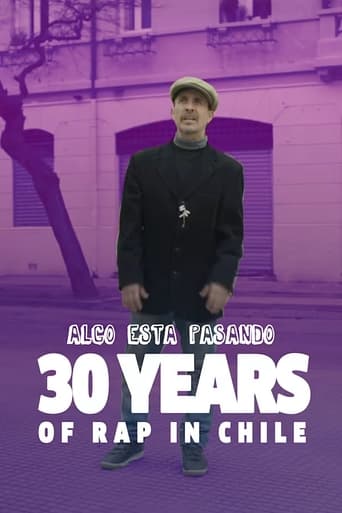
01 Jan 2018

1988 marked the year in which the debut album of the Chilean band De Kiruza - Oficial was released, where the single "Algo está pasando" stood out, the first Chilean rap recording.

18 Aug 2021

A documentary on the rise and fall of Project Cybersyn, an attempt at a computer-managed centralized economy undertaken in Chile during the presidency of Salvador Allende.
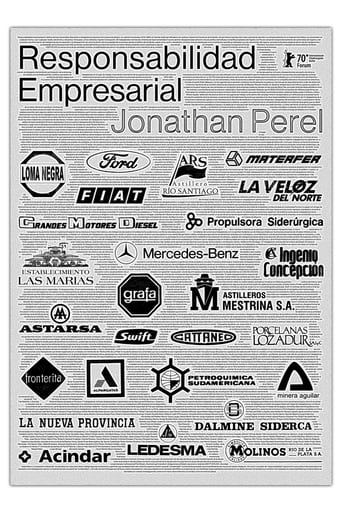
21 Feb 2020

Images of Argentinian companies and factories in the first light of day, seen from the inside of a car, while the director reads out documents in voiceover that reveals the collusion of the same concerns in the military dictatorship’s terror.
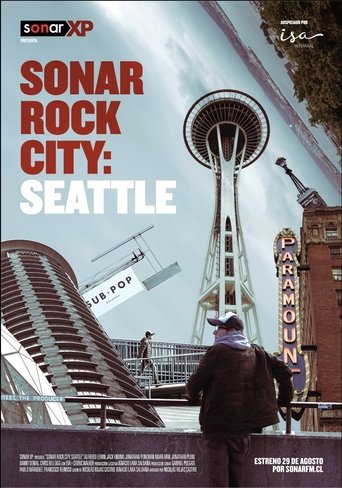
09 Sep 2019

Sonar Rock City: Seattle is a journey through the city that caught our attention back in 1992 thanks to the grunge movement which today no longer exists. Still today the creative spirit runs through its veins with a new music scene that captures what Seattle is in its core.

06 Mar 1992

No overview found
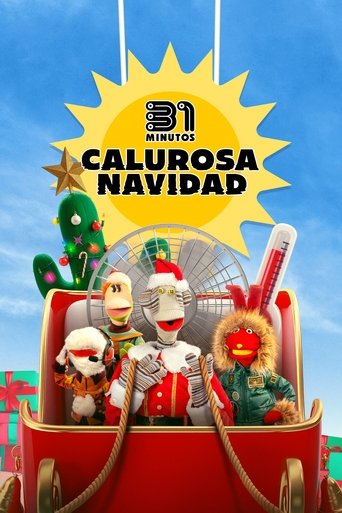
19 Nov 2025

Puppeton, the town of 31 Minutes, faces such an infernally hot Christmas that Santa Claus cancels his visit! Bodoque the rabbit heroically volunteers to rescue the presents from the North Pole, while his friends improvise a disastrous Christmas show. But what they don't expect is Bodoque giving in to some irresistible temptations along the way.
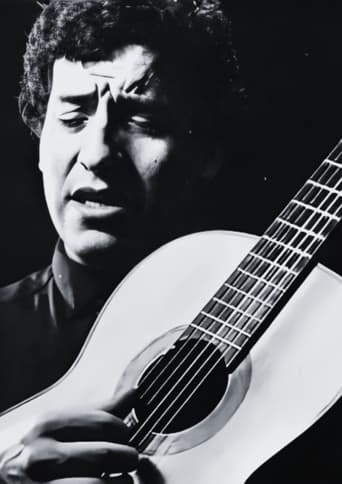
17 Jul 1973

Concert by Víctor Jara at Panamericana Televisión in Lima, Peru, on July 17, 1973. This is one of the last audiovisual records of Víctor Jara. Two months later he would be assassinated by the Chilean military dictatorship.
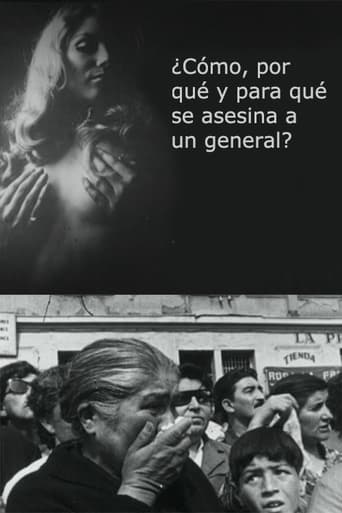
01 Jan 1971

Documentary short about the death of Chilean general René Schneider by the CIA, following the election of Salvador Allende as president of the nation.
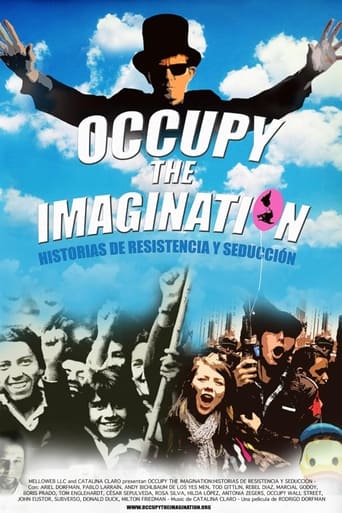
27 Aug 2013

Filmmaker Rodrigo Dorfman goes in search of his revolutionary roots in Chile and in the process finds it in the euphoria of the Occupy Movement.
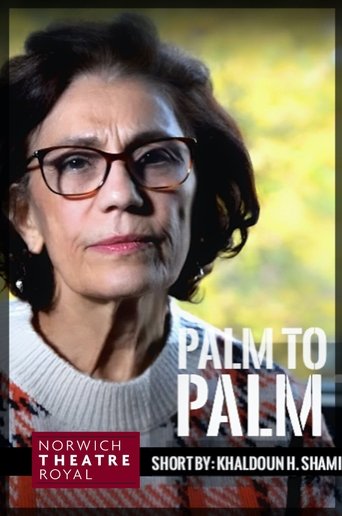
28 Dec 2019

"Everybody should have a home. If you punish a nation, this is so abstract, it's very mean to use your power to put another country in your control... Instead of punishment, maybe we should have love." Eliane from Chile, Milad from Iran, and Georgia from Greece, three migrants in the UK and their thoughts on love, home, family, and Shakespeare's Romeo and Juliet.

01 Jul 2010

Rüdiger was a child, Aki two months old and Kurt, the deputy of the pedophile leader of the sect. In 1961 they came to Chile together with 500 other German sect members and for over 40 years they lived secluded from the rest of the world. The film tells about the attempt to survive as a collective after decades of crimes such as torture and murder and shows different ways in which the individual copes with the history of the community.
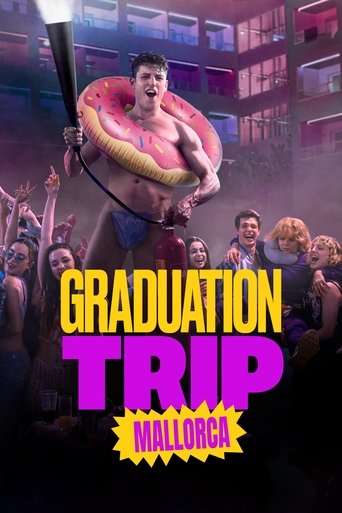
30 May 2025

2021. After spending a year in confinement, a group of high school students and their two teachers begin an end-of-year trip to Mallorca. This great plan is the last opportunity they have to all be together, make up for lost time, be able to have fun like they have never had before and say goodbye to this crazy stage of their lives. However, a new coronavirus outbreak disrupts all their plans and forces them to stay locked in their hotel rooms. More than 50 students, 2 teachers, a hotel and many, many minibars... What could go wrong?
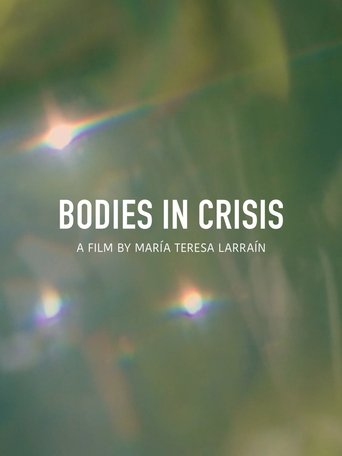
06 Sep 2025

In the midst of a profound social conflict, the director, a blind activist based in Canada, returns to her native Chile to follow five activists who embark on a transformative process to dignify their lives.
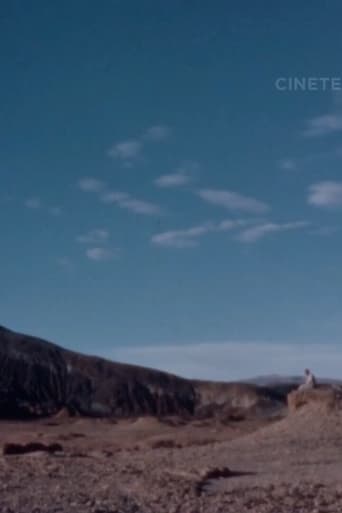
12 May 1964

Report on the town of San Pedro which exists in the middle of the desert and at over 2,430 meters above sea level. It also deals with the work of priest Gustavo Le Paige and the museum he helped develop.
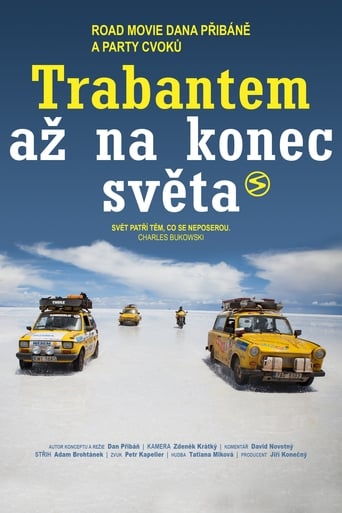
13 Mar 2014

The third installment in Dan Přibáň's series of travel documentaries describes the author's journey with his friends across South America in vehicles that are often notorious but cult in their own way. The charming dynamics of the group on screen are further enhanced by the high-quality craftsmanship.